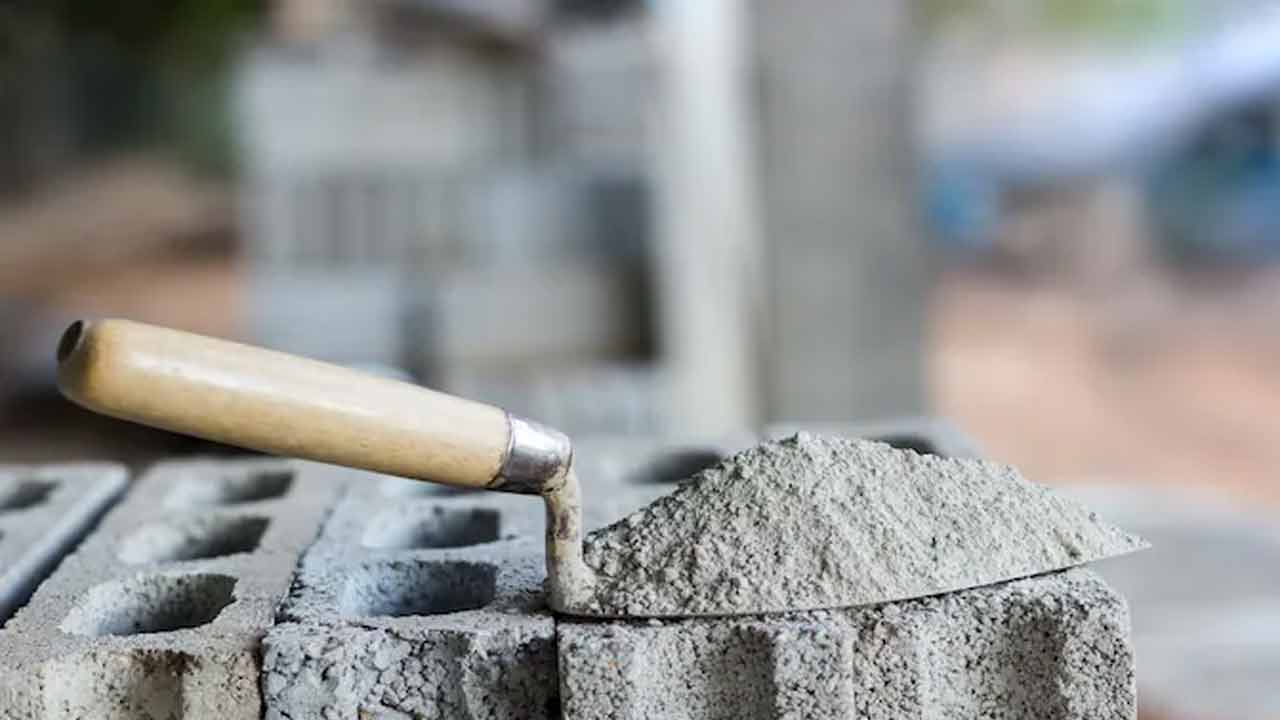Cement Sector: A huge headroom for growth in the industry

Last Updated: 12th December 2022 - 07:23 am
Indian cement sector is expected to add about 80 MT capacity by FY24, the highest in the last 10 years.
India is the second-largest producer of cement in the world as it accounts for about 7% of the global installed capacity. Cement companies in India are also considered to be the most eco-friendly companies in the world as ESG aspects are increasingly being considered by the industry. With the strong rebound in the real estate space after a long period of sluggishness, as a result, the cement industry is registering a strong growth momentum. India’s overall installed production capacity was 545 million tonnes (MT) in FY22.
It’s more of an organized industry since it deals with heavy capital expenditure (capex). Private players own almost 98% of the total capacity while the remaining is held by public sector companies. In FY21, the cement production in India stood at 294.4 MT notably, the top 20 players are responsible for 70% of total cement production in India. This makes this market an oligopoly, where companies may have some control over the high capex and state-specific markets, and the industry has a low threat of new entrants, and pricing.
For FY22, the cement industry is expected to witness volume growth to about 355 MT, thereby implying a growth of 18-20% YoY, surpassing pre-covid levels by 6%, according to ICRA. The growth is expected to be driven by growing rural housing demand and the government’s focus on infrastructure development. The Union Budget 2022-23 yet again had the infrastructure space in focus. It has been spending heavily on housing schemes, mega projects and road projects as well. For example, it has allocated Rs 48,000 crore towards the Pradhan Mantri Awas Yojana (PMAY) scheme under which the completion of 8 million houses is envisaged.
Outlook
According to the estimates of CRISIL, the Indian cement sector is expected to add about 80 MT capacity by FY24, the highest in the last 10 years. Although India is one of the leading cement producers, the per capita cement consumption is less than half the world average of 525 kg. This presents a huge headroom for growth in the industry. The annual report of FY22 of Shree Cement quoted, “Going forward, the demand conditions are expected to be strong. The factors such as higher fiscal space with the government for capital and infrastructure spending, rising rural incomes, and continuation of Government’s flagship scheme of affordable housing will drive cement demand”.
The increasing input cost remains a serious concern in the short to medium term. However, companies have been partially able to set off the effect by passing the prices to the end consumers. In the period from January to February 2022, cement prices witnessed a rise of Rs 15-17 per bag to reach Rs 390 per bag at a pan-India level. A hike of Rs 20-25 was again witnessed in April by some cement companies. However, normalization is input costs can further boost growth in the sector in the long-term.
Financial Highlights
Ultratech Cement, Shree Cement and Ambuja Cement are the top three companies in the sector by market cap respectively. The overall sector has reported good revenue growth in FY22 over FY21. We have considered a total of 26 cement companies in our analysis. The average revenue growth of all these companies stood at 13.29%, while the operating profit declined by 6.64% and the PAT too decreased by 5.76%. However, the top three cement companies performed better when compared to the industry. The aggregate revenues of these three companies grew by 15.69%, and the operating profit and PAT grew by 4.05% and 17.59%, respectively, which is relatively better than the industry.
In the cement sector, EBITDA per ton of cement production is one of the popular metrics used by analysts. The industry is currently witnessing rising input costs which have affected the margins in FY22 and are expected to be acute in FY23 as well. This is one of the major reasons why the cement stocks are trading significantly down. The power and fuel cost has risen by over 34%, along with raw material by 7% and freight cost increased by 3% according to ICRA. This has led to a decline in the industry operating EBITDA per ton by 11% YoY in FY22 to reach Rs 1,115/MT. In Q1 FY22, it was its highest ever at Rs 1,378/MT, but it has witnessed a continuous downtrend in subsequent quarters.
For the latest quarter ended March 2022, Ultratech reported a 7.8% decline in EBITDA/ton to Rs 1,266/MT. “On the cost elements, which is fuel cost, coal and petcoke have risen to unrealistic levels. I believe they should cool down sooner or later. These are really unrealistic prices”, said Ultratech CFO Atul Daga. For the same quarter, Ambuja Cement recorded a drop of 22 per cent in EBITDA/ton to Rs 1,056/MT. Although Ultratech reported a growth of 9.3% YoY in revenues, the EBITDA and net profit declined by 15.6% and 18.5% YoY. Shree Cement witnessed slight growth of 3% in top line but saw a year-on-year decrease of 26.3% and 17.6% in EBITDA and PAT, respectively.
- Performance Analysis
- Nifty Predictions
- Market Trends
- Insights on Market
Trending on 5paisa
Market Outlook Related Articles
Disclaimer: Investment in securities market are subject to market risks, read all the related documents carefully before investing. For detailed disclaimer please Click here.
 5paisa Research Team
5paisa Research Team
 Sachin Gupta
Sachin Gupta




